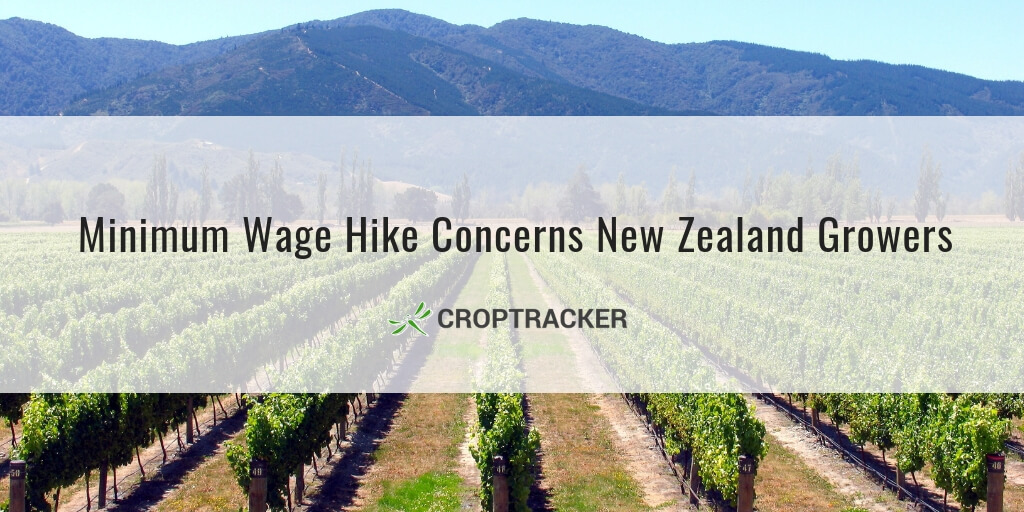New Zealand fruit & vegetable growers are preparing to be hit hard by an upcoming minimum wage increase.
The New Zealand government announced last week that they will be increasing the minimum wage, currently $16.50 NZD, to $20 an hour by 2020, with the next increase of $1.20 in April this year. The government's 2019 Minimum Wage Review, drafted November 2018, states that "an increase in the minimum wage addresses the needs of low income workers, narrows the wage gap with Australia, encourages employers to invest in productivity, reduces inequality and poverty, and increase labour participation rates."
However, minimum wage hikes pose a formidable challenge to growers. With labour costs rising and global crop prices remaining stagnant, profit margins are under threat like never before. The wage increase will add up to $708 per worker for a 40-hour week. Farms employing 75 to 120 staff would face an estimated extra $120,000 to $800,000 in wage costs a year.
Catherine Beard, executive director of ExportNZ, which advocates and lobbies on behalf of New Zealand exporters, fears what the wage hike will do to the country's horticulture industry's competitive advantage. She says New Zealand exporters to Australia already faced a 10% shipping cost disadvantage to local producers. After the minimum wage increase, she says it will be cheaper to manufacture in Australia.
With other input costs such as electricity and fuel constantly increasing, the minimum wage hikes are burdening growers with difficult decisions. Many are concerned that they will need to switch to less labour-intensive crops altogether in order to remain profitable. It is true that some growers combat soaring labour costs by turning to automation. However, in many cases, the initial investment is simply too great for a grower to bear. And for many crops - like apples, sweet cherries, table grapes, asparagus, and peppers - this solution is simply not yet feasible. Until we build robots that can mimic the delicacy and precision of human hands and the nuanced perception of our brains, growers of labour-intensive crops will need to look beyond automation to mitigate their rising costs.
Other growers fear they may be forced to downsize their farms. According to Horticulture New Zealand chief executive Mike Chapman, some growers may even exit the industry entirely, leaving fruit and vegetables unpicked. "If you are not going to make enough money to sustain your business, why would you harvest it?" says Chapman.
Croptracker's Work Crew Activity and Labour Tracking module helps growers get the most out of their teams, by allowing them to:
• Easily create and assign schedules
• Compile and instantly calculate timesheet and piece-rate data
• Centralize employee records
• View individual and group productivity trends
• Respond to issues and irregularities before they become costly issues
Interested in learning more about that or any other Croptracker feature? Head over to our Knowledge Base, where you'll find step-by-step tutorials as well as common troubleshooting tips and more. And as always, if you're ever stuck, never hesitate to e-mail us at support@croptracker.com or Live Chat with us by clicking the green speech bubble ![]() in your bottom right-hand corner. We're always happy to help you let Croptracker make your farm become more efficient, safe, and profitable!
in your bottom right-hand corner. We're always happy to help you let Croptracker make your farm become more efficient, safe, and profitable!
| Missed Last Week's Blog Post? Introducing Harvest Quality Vision™ |


